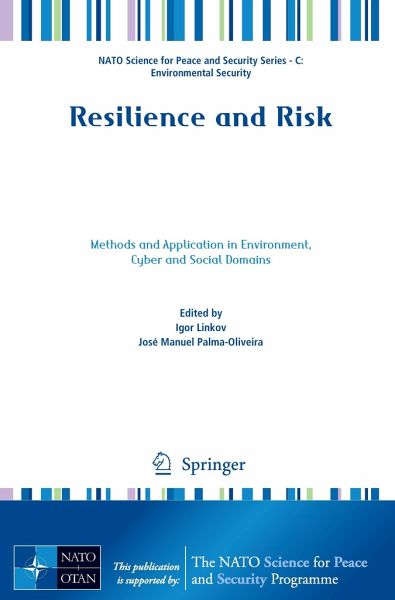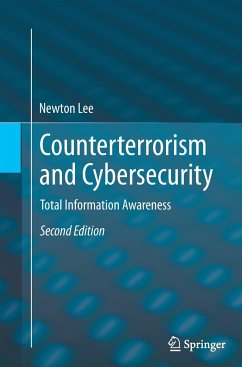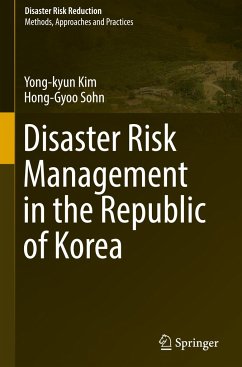
Resilience and Risk
Methods and Application in Environment, Cyber and Social Domains
Herausgegeben: Linkov, Igor; Palma-Oliveira, José Manuel
Versandkostenfrei!
Versandfertig in 6-10 Tagen
174,99 €
inkl. MwSt.

PAYBACK Punkte
87 °P sammeln!
This volume addresses the challenges associated with methodology and application of risk and resilience science and practice to address emerging threats in environmental, cyber, infrastructure and other domains. The book utilizes the collective expertise of scholars and experts in industry, government and academia in the new and emerging field of resilience in order to provide a more comprehensive and universal understanding of how resilience methodology can be applied in various disciplines and applications. This book advocates for a systems-driven view of resilience in applications ranging f...
This volume addresses the challenges associated with methodology and application of risk and resilience science and practice to address emerging threats in environmental, cyber, infrastructure and other domains. The book utilizes the collective expertise of scholars and experts in industry, government and academia in the new and emerging field of resilience in order to provide a more comprehensive and universal understanding of how resilience methodology can be applied in various disciplines and applications. This book advocates for a systems-driven view of resilience in applications ranging from cyber security to ecology to social action, and addresses resilience-based management in infrastructure, cyber, social domains and methodology and tools. Risk and Resilience has been written to open up a transparent dialog on resilience management for scientists and practitioners in all relevant academic disciplines and can be used as supplement in teaching risk assessment and managementcourses.














